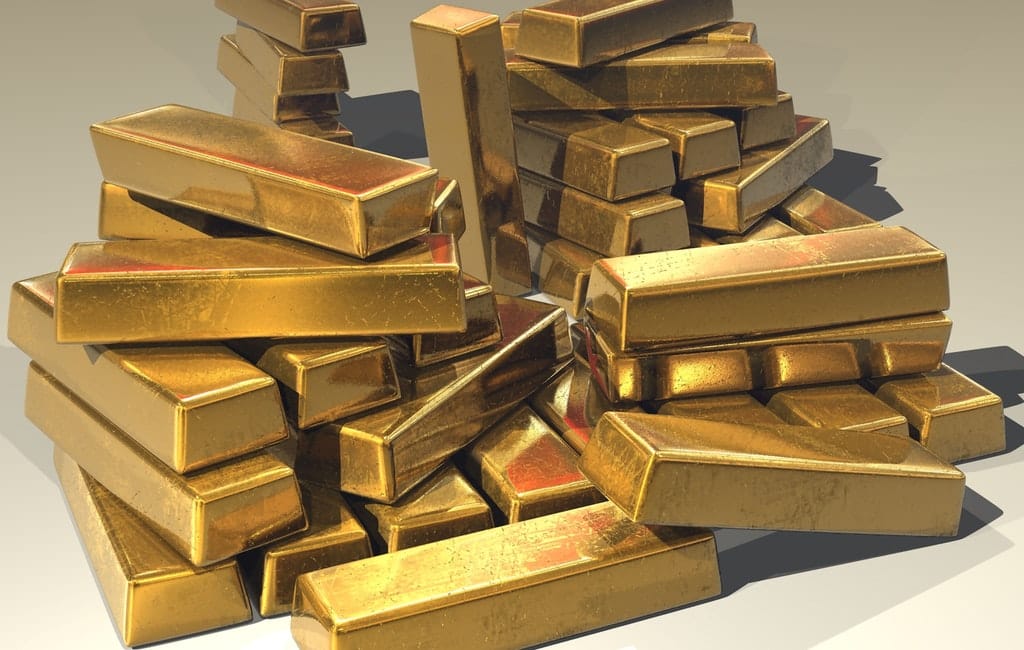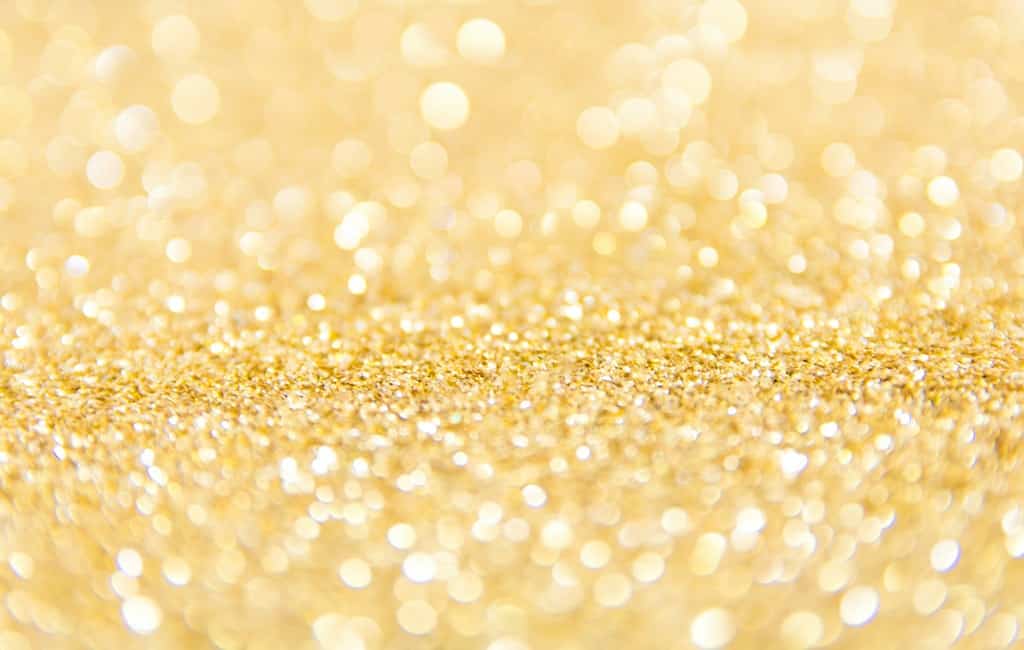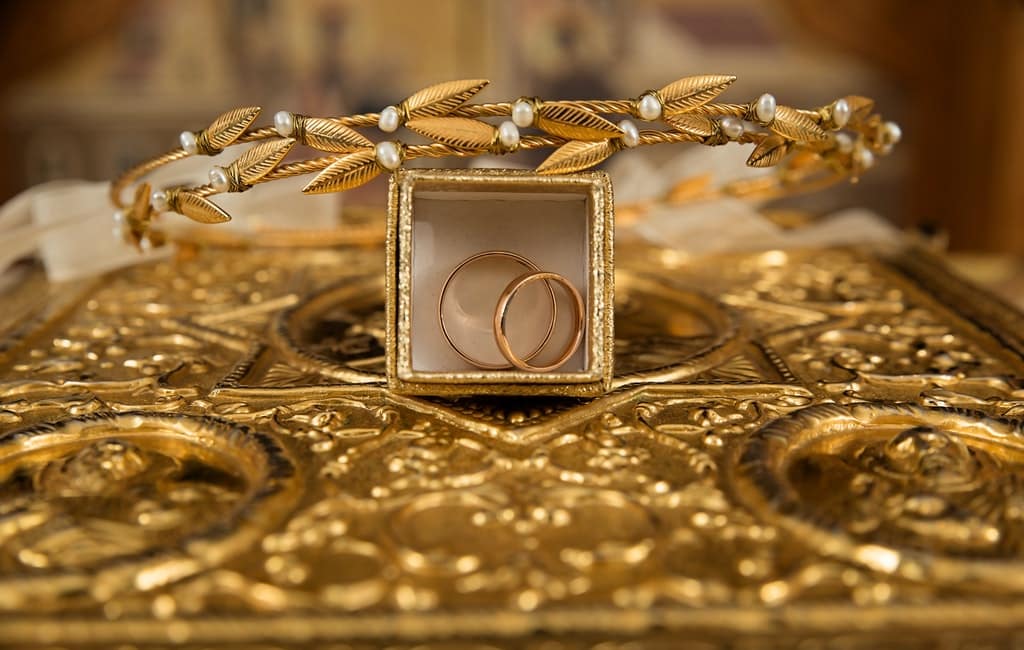There are different substances in the world that are truly remarkable in the way they are formed, their properties and their unique composition; metals are some of them.
Metals have existed for millennia. Their discovery marks a very important point in the history of mankind, as they make up some of the basis of the technology we now have today. Metals generally refers to substances that have a lustrous appearance when polished, which have high thermal conductivities as well as other properties that help to set them apart from other substances (i.e. non-metals). There are different types of metals.

TYPES OF METALS
There are different types of metals, examples of which include the following:
- Iron
Iron is one of the most popular metals known on earth. However, it also happens to be a chemical element, belonging to the transition series. Its chemical symbol is Fe and it can be found in group 8, on the periodic table.
On the basis of mass, iron is said to be the most common element on earth, followed by oxygen. It is one of the major components that make up the inner and outer core of our planet.
Metallic iron is quite rare to find in the earth’s crust, though iron ores happen to be plentiful. And it is from these ores that the metal (known as iron) is obtained through the process of extraction and smelting in furnaces. These furnaces or kilns are usually those that are able to produce very high levels of heat (about 1, 500 ºC or higher), in order to melt the ores effectively.
Mankind discovered this process of extracting metal from iron ores several centuries ago, and it is said to mark a movement of the world’s era from the Bronze Age to the Iron Age.
Nowadays, iron is mostly in industries for the manufacture of alloys such as steel.

- Steel
Steel is a metal that happens to be an alloy – i.e. a metal which is a mixture – of iron and carbon. Generally, it contains mostly iron along with about 2 percent of carbon and 1 percent of manganese. It may also contain smaller percentages of substances such as sulfur, phosphorus and oxygen. Steel is one of the most common metals in the world, and it has a wide application in fields such as construction and engineering, where it is heavily used in making things such as buildings, roads, cars, washing machines, surgical equipment, cargo ships and many more.
One fun fact about steel is that there is actually a record of the person that invented the first method of producing steel in large quantities. Henry Bessemer, a renowned British inventor, is credited for this invention and his method or technique is known as the Bessemer Process. This method is well known in the steel manufacturing industry because it provides a way of supplying air to molten pig iron, so as to separate impurities and oxidize it.
- Copper
Copper is a metal which is known in the field of chemistry as an element whose symbol is Cu. It also has an atomic number of 29.
Copper is a soft metal, which is ductile and malleable. It also has high thermal conductivity, as well as an impressive electrical conductivity. This – coupled with the fact that the metal is relatively cheap – is one of the reasons why it is used extensively in the electrical industry across the world.
Apart from this, copper is also used in the production of many alloys such as sterling silver, which is used in making pieces of jewelry; which brings us to the topic of precious metals.
WHAT ARE PRECIOUS METALS?
Precious metals are very valuable – and highly desirable – metals that occur in nature. They are usually more stable (or less reactive), compared to other metals; which means that they are not as likely to rust or deteriorate due to reaction with other chemical substances. This makes them highly valuable, particularly in the realm of fashion, where they are noticeably preferred when it comes to the making of jewelry pieces such as necklaces, bracelets and rings (and this noticeable preferential demand – along with their rarity – is part of what makes them so expensive).
Examples of precious metals include the following:
- Platinum
Platinum is a precious metal, which is also known as a chemical element that has the symbol Pt. It also has an atomic number of 78, on the periodic element.
Generally, platinum is a silver or white (or silverish-white) precious metal, which is malleable, dense, ductile and highly un-reactive to degradation and corrosion at the hands of other chemical elements. For these reasons, it is relatively expensive, when compared to other metals (particularly non-precious metals such as iron, copper and zinc). These reasons are also why platinum is one of the metals which is commonly used in making jewelry pieces all around the world.
- Silver
Silver is a white precious metal that is soft and malleable. It is also lustrous and highly un-reactive to chemical degradation at the hands of chemicals which may cause corrosion. Remarkably, however, silver happens to have the highest known thermal and electrical conductivities among those of all the metals known to man. It also has the highest level of reflectivity ever recorded for any metal.
It is widely used in the production of jewelry pieces all over the world and, due to its remarkable physical and chemical properties, along with its rarity; it is also very expensive, compared to most of the other metals on earth.
- Gold
Gold is a highly valuable precious metal that is widely used in making jewelry. In its pure form, it is bright and lustrous, with a color that can generally be described as orange-yellow. This metal also happens to be dense, malleable and soft. It is a relatively rare metal, which is also very expensive.
WHAT ELEMENT NEEDS TO BE ADDED TO MAKE ROSE GOLD?
Rose gold is an alloy of gold that is formed when pure gold is combined with copper. Different specifications of gold mixed with different specifications of copper combine to give entirely new specifications of rose gold. Some other people believe that rose gold is made not only with gold and copper but that silver must also be added to complete the blend. The type of gold that should be used to make this alloy is pure, unadulterated 24k yellow gold (it serves as the base of the metal and gives it its core physical properties).

